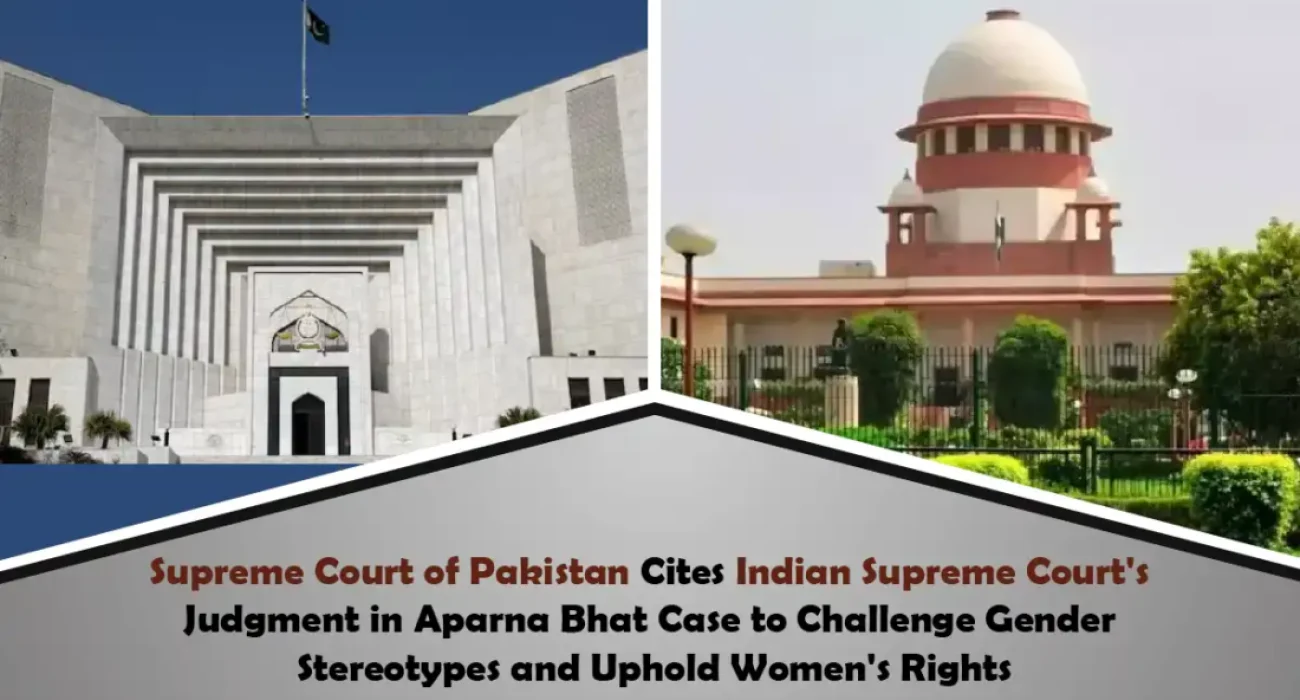

Table of Contents
ToggleThe case before the Supreme Court of Pakistan involved a petition by Z, a primary school teacher, who had been appointed under the “deceased son/daughter quota” of Rule 10(4) of the Khyber Pakhtunkhwa Civil Servants (Appointment, Promotion, and Transfer) Rules, 1989. The rule allowed the children of deceased civil servants to be appointed to government positions. However, after her appointment, an executive clarification was issued excluding married daughters from this quota, stating that they were not entitled to compassionate appointments unless they were separated from their husbands and financially dependent on their parents. Z’s appointment was subsequently withdrawn based on this clarification.
She appealed the decision before the Khyber Pakhtunkhwa Service Tribunal, Peshawar, which dismissed her plea. The tribunal’s decision reflected an outdated and patriarchal assumption that married women were financially dependent on their husbands, making them ineligible for compassionate appointments under the deceased parent’s quota. The case eventually reached the Supreme Court of Pakistan, which took a significant stance on the issue of gender equality.
The petitioner, Z, contended that the exclusion of married women from the benefit of Rule 10(4) was unconstitutional and discriminatory. She argued that the executive clarification violated her fundamental rights under the Constitution of Pakistan, particularly the right to equality (Article 25), non-discrimination in public service (Article 27), and the right to dignity (Article 14). The petitioner emphasized that the rule itself was gender-neutral and did not contain any provisions that excluded married daughters. She further contended that such a clarification was based on a patriarchal understanding of a woman’s role and was legally and factually erroneous.
The government, on the other hand, defended the executive clarification, arguing that it was in line with traditional views on gender roles, which presumed that a married woman becomes financially dependent on her husband. The government contended that the distinction between married sons and daughters was reasonable, as it was believed that married daughters were no longer dependent on their parents for economic support.
In its judgment, the Supreme Court of Pakistan took a strong stance against the exclusion of married women from the provisions of Rule 10(4). The Court noted that the language of the rule was inclusive, indicating that the benefit was meant for all children, without distinction based on gender, marital status, or other factors. The Court emphasized that the exclusion of married daughters lacked any rational basis and violated the principle of equality enshrined in the Constitution of Pakistan.
The Court further observed that the clarification represented a revival of the outdated common law doctrine of coverture, under which a woman’s legal existence was subsumed into that of her husband upon marriage. This doctrine was long discarded in modern legal systems, including Islamic jurisprudence, which recognizes a woman’s independent financial rights, irrespective of her marital status.
Importantly, the Supreme Court of Pakistan cited the Indian Supreme Court’s judgment in Aparna Bhat v. State of Madhya Pradesh (2021) to underscore the importance of avoiding gender stereotypes in judicial reasoning. The Indian case had dealt with a similar issue, where the Madhya Pradesh High Court had imposed a bail condition on an accused in a sexual harassment case, mandating that he request the victim to tie a rakhi around his wrist. The Indian Supreme Court had set aside this judgment, highlighting how such gendered assumptions transformed a molester into a “brother” through judicial mandate, which diluted the seriousness of the offense.
The Pakistani Court referenced the Indian case, noting that the language used in the lower court’s judgment was not only factually and legally erroneous but also deeply patriarchal. “Such language reinforces outdated stereotypes that are fundamentally incompatible with constitutional values. It assumes that a woman’s identity, legal capacity, and entitlement to support are subsumed into that of her husband upon marriage, treating her as a dependent rather than an autonomous individual,” the Court observed. This citation of the Indian case underscored the importance of using gender-neutral and inclusive language in legal reasoning and the dangers of perpetuating harmful stereotypes.
The Court also drew upon feminist legal scholars, including Martha Fineman, who have argued that a woman’s legal rights should not be contingent upon her marital status. The Court reiterated that “a woman’s legal rights, her personhood, and her autonomy are not erased by marriage, nor should they be contingent upon it.”
The Supreme Court of Pakistan, in overturning the Khyber Pakhtunkhwa Service Tribunal’s decision, struck down the executive clarification that excluded married daughters from the compassionate appointment quota. The Court declared the clarification discriminatory, ultra vires (beyond lawful authority), and incompatible with Pakistan’s constitutional guarantees and international legal obligations.
In its judgment, the Court made it clear that “women are autonomous, rights-bearing citizens in their own right, not by virtue of their relationship to a man, be it father, husband, or son. Financial independence is not a privilege but a necessary precondition for the full realization of citizenship, autonomy, and personhood.” The Court also emphasized that the Constitution of Pakistan guarantees rights to individuals, not to marital units or prescribed social roles.
By citing the Aparna Bhat case and referencing feminist legal perspectives, the Supreme Court of Pakistan reinforced the principle that legal reasoning and language should reflect the dignity and equality of all citizens, irrespective of gender. This landmark judgment serves as a significant step towards dismantling patriarchal structures in legal and administrative systems and upholding the constitutional rights of women.
Credits: Adv. Deeksha Rai
IAW resources
Browse our help directory